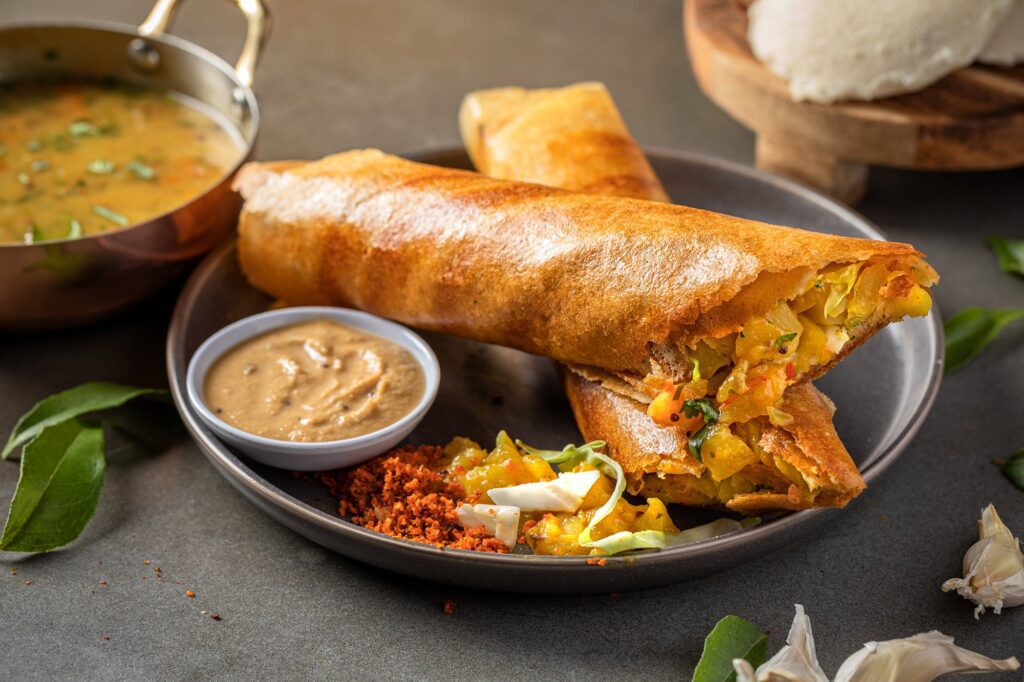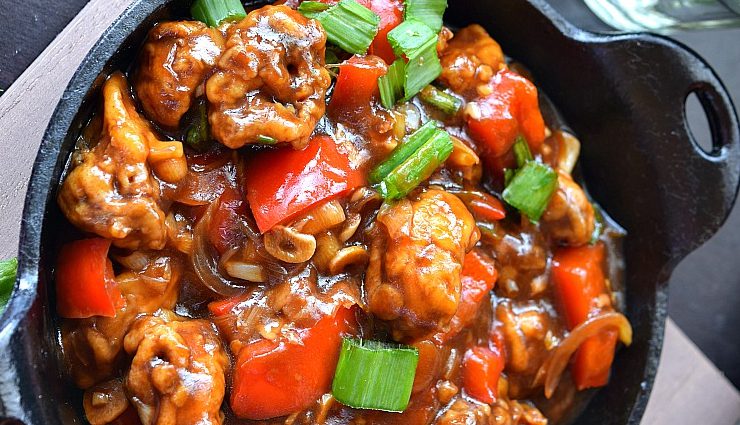The love Indians have for dosa can be made into a film. This crispy and crunchy piece of cooked batter is one of the most famous vessels for chutney or sambhar. Hence, irrespective of their region, Indians enjoy one or the other kind of dosa. Even when we Indians have been swept away in the tide of colonisation, our love for dosa remains unshaken. We have invented ways to incorporate dosa into the current trend rather than abandoning dosa. Yes, even when madras dosa remains the staple and ideal form of dosa, innovative forms like pizza dosa, paneer cheese dosa, and baby corn dosa also exist.


Well, dosa by itself is a very plain yet delicious dish. The plainness of the dish allows it to be incorporated with anything else. Or in other words, dosa is like a blank paper and will pair nicely with whatever we put on top of it. This adaptive nature of dosa has allowed it to shine through these changing times. But, will anything be better than basics? So, today let’s look at the base of all these variety dosas, Madras dosa.
Difference between normal dosa and Madras dosa
At a glance, you will not be able to find any significant difference between a normal dosa and a Madras dosa. Both will look exactly alike. So then, what is the difference between both them? Well, the difference between both dosas is primarily based on the ingredients used for their preparation. No, that doesn’t mean all the ingredients used to prepare these dosas are different. Both the dosa share majority of materials with each other. The main difference is the addition of parboiled rice and extra lentils to Madras dosa to add an extra crunch.
How to make a Madras Dosa


As we have learned, the only difference between the dosas is textural; let’s look at how we can make a crispy and crunchy Madras dosa.
Ingredients required
- Raw white rice/ Idli rice: 1 cup
- Parboiled rice: ½ cup
- Tur dal: T tbsp.
- Urad dal: ¾ cup
- Methi seeds: 1 tsp
- Poha: ¼ cup
- Chana Dal: 2 tsp
- Salt: as required
Let’s prepare this crunchy delicacy
- First, take all the ingredients except salt and poha. Wash them thoroughly. Now, mix all of them and allow them to soak in water for at least 5 hours.
- Take poha and soak it in 1/3 rd cup of water for half an hour
- Now drain the water off of everything else other than urad dal and poha.
- Drop all the ingredients into a blender and blend until you receive a slightly thick but smooth batter.
- Your madras dosa batter is ready.
Now, let’s spread some dosas.


Honestly, making perfect round and crispy dosas is a skill most is yet to master. But let’s do our best to make those concentric roles of deliciousness as authentic as possible.
- First of all, take a seasoned iron dosa tawa and let it heat up.
- Reduce the flame to low and pour 11/2 to 2 spoons of dosa batter onto the pan. Now spread the batter in circles as thin as possible using the back of the spoon.
- Drizzle oil on top of the dosa. Then drizzle oil or melted butter all over the dosa.
- Now turn the heat up to medium, wait for the dosa to brown, and turn slightly crispy.
- Use a spatula and slowly release the sides of the browned dosa
- Insert the spatula below the surface of the dosa and make sure that it is completely detached from the surface of the tawa.
- Congratulations, you have successfully made a Madras dosa!
What is the speciality of Madras Dosa?
Well, not only madras dosa, but all the dosas available to us are also special. Do you know why? They not only treat your taste buds and entertain your mouth. They also treat your body and entertain your health. Are you wondering how? In order to understand that you will have to learn about the goodness of probiotics.


Probiotics are the good bacteria in our body that will help us to fight against all the bad microbes that enter our bodies. These bacteria can naturally live inside your body without causing any kind of harm to you. These bacteria offer multiple health benefits to you. It controls bad bacteria from making you ill. Furthermore, it also supports the function of your immune system and controls the inflammation within your body. It helps in the digestion process and also helps your body to break down and absorb medications. Moreover, they also lend a hand in the production of vitamins and support the cells that line your stomach wall from the attack of bad bacteria.
So, naturally, by making dosas that are rich in probiotics as a part of your diet, you are supporting and promoting the overall health of your gut. But are dosas the only way to supplement probiotics in your body? Actually, no, there is a much more efficient and convenient method to ensure the addition of probiotics to your diet. It is known as Nutriplus GutHealth.
Nutriplus GutHealth


Nutriplus GutHealth is a probiotic supplement that will ensure the health and safety of your gut. This product consists of five species of beneficial bacteria. The Lactobacillus acidophilus, Lactobacillus salivarius, Streptococcus thermophiles, Lactobacillus bulgaricus and Bifidobacterium longum in the product will replenish your gut flora. As a result, the digestion processes in the gut, like absorption and utilisation of nutrients, will be more efficient. This change in the digestion process can also help in improving your bowel movements.
In short, this health supplement will create a healthy environment in your gut so that the absorption and utilisation of nutrients take place effectively. Don’t you understand how beneficial that is to your overall wellbeing? So, despite your decision to make probiotic foods like madras dosa or idli as a part of your diet or to choose the more convenient option of incorporating Nutriplus GutHealth into your diet, make sure it is the right decision. Remember that every decision you make will hugely influence your overall wellbeing. So, I recommend you choose wisely so you can stay happy by staying healthy!





